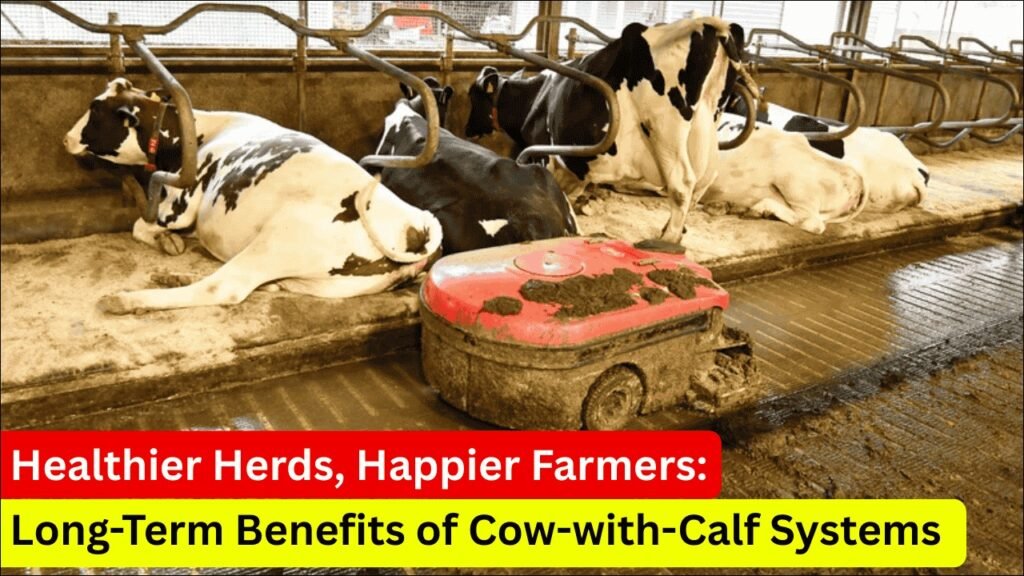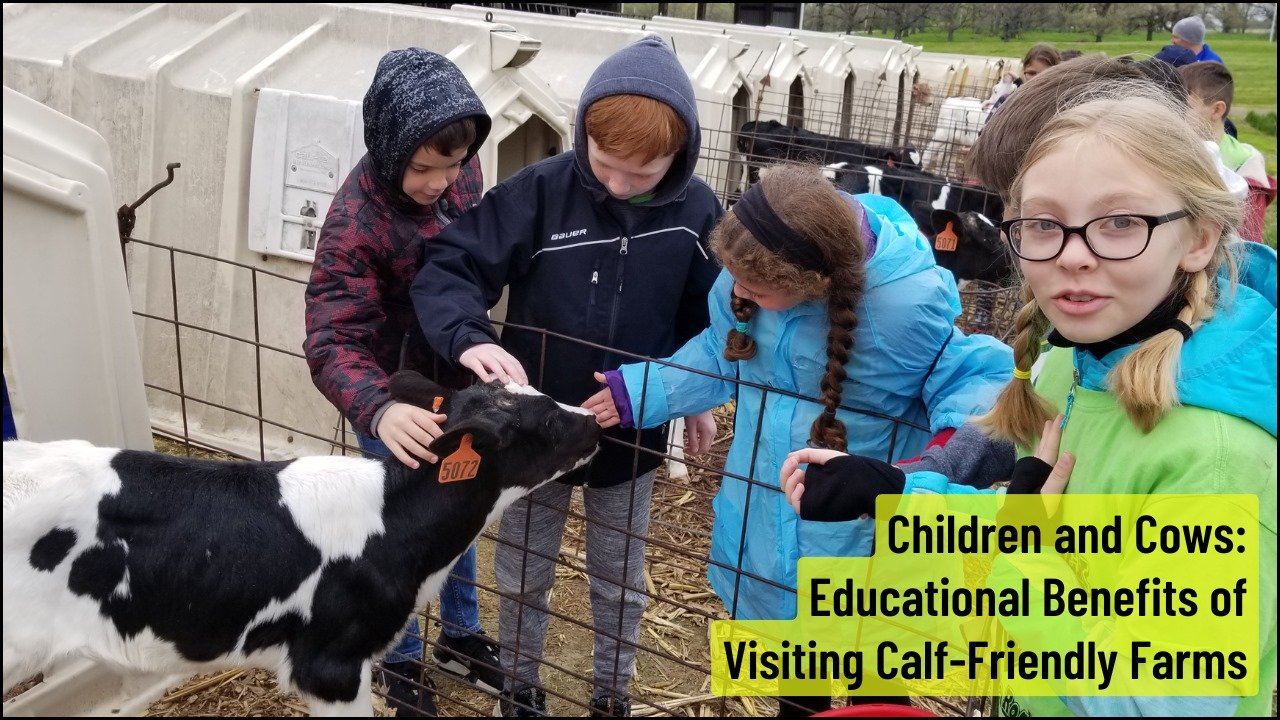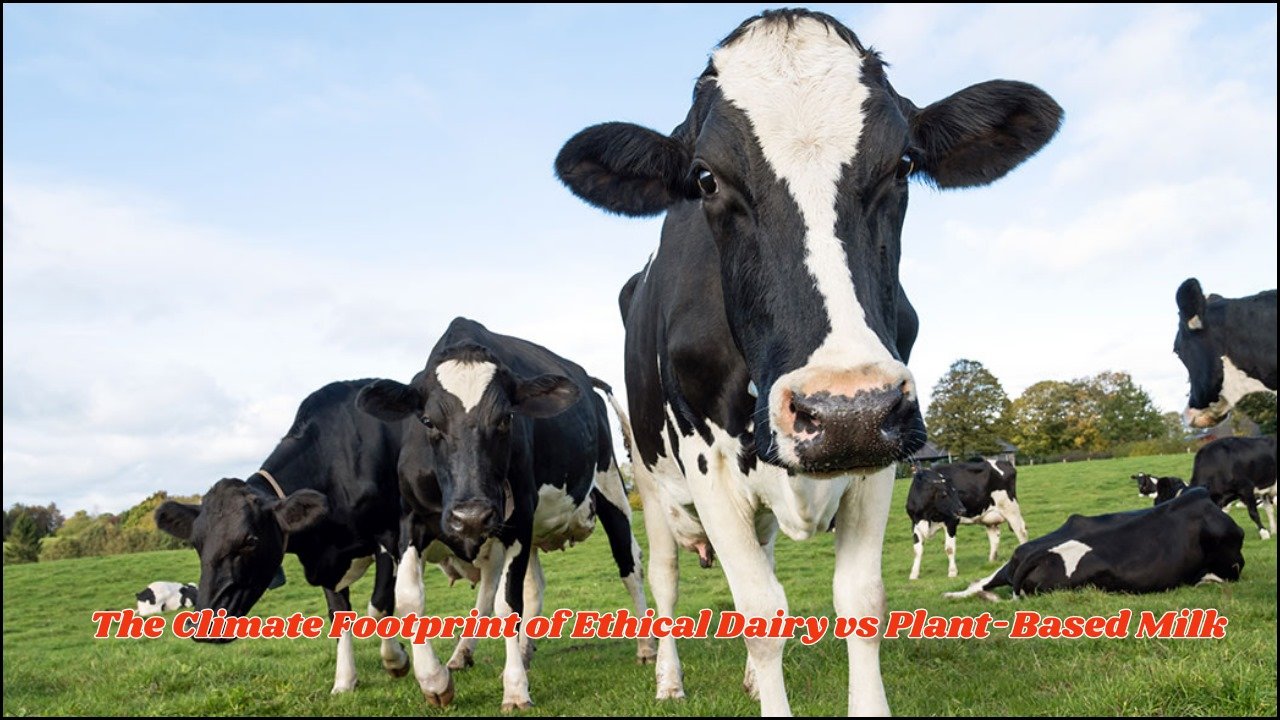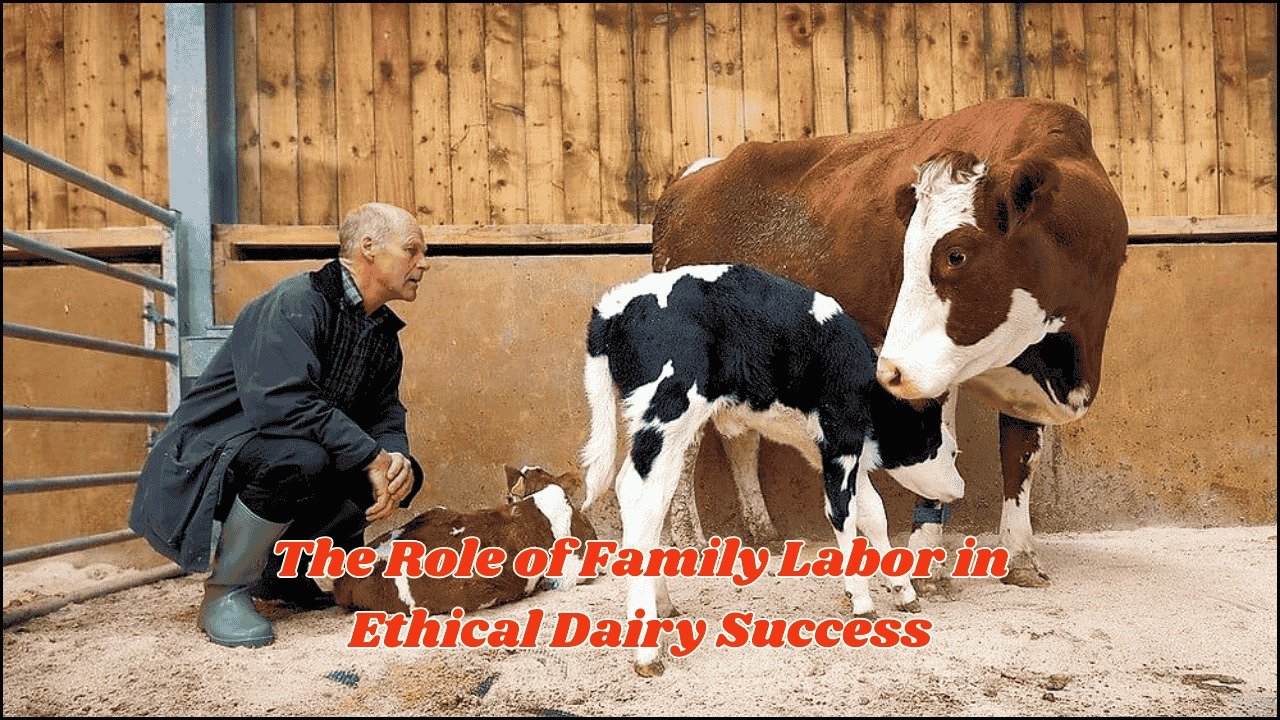
Cow-with-calf systems, where dairy calves remain with their mothers for a longer period after birth, are gaining attention for their positive impact on animal welfare, farm productivity, and farmer well-being. This approach challenges the conventional practice of early calf separation and offers a more holistic farming model that benefits both livestock and humans.
Table of Contents
Overview
| Benefit Area | Key Outcomes | Long-Term Impact |
|---|---|---|
| Productivity | Healthier calves, stronger cows, sustained milk yields | Reduced veterinary costs, higher lifetime yield |
| Herd Longevity | Cows remain productive for more lactations | Lower replacement costs, improved sustainability |
| Farmer Well-being | Greater job satisfaction, reduced stress | Improved mental health, stronger farmer–animal bond |
| Animal Welfare | Natural rearing, reduced stress, stronger immunity | Better herd health and public perception |
| Economic Stability | Lower herd turnover, reduced vet bills | Steadier long-term income |
Boosting Productivity Through Natural Rearing
One of the key advantages of cow-with-calf systems is the long-term improvement in productivity. Calves that nurse naturally tend to have stronger immune systems, grow faster, and require fewer veterinary interventions. Over time, healthier calves become healthier milking cows, which can lead to better milk yields and longer productive lifespans.
While initial milk volumes available for sale may be lower during the calf-rearing period, the gains in animal health and reduced replacement rates can offset this. Farmers often report that the cows in such systems maintain higher milk production in later lactations, making the trade-off worthwhile.
Herd Longevity
Herd longevity is a critical factor for both profitability and sustainability. In traditional dairy systems, cows are often replaced after three or four lactations due to declining health or productivity. In contrast, herds managed under cow-with-calf systems tend to have cows that remain productive for five, six, or even more lactations.
The reason is straightforward—reduced stress, better calf health, and a more natural rearing environment all contribute to healthier animals that require fewer culls. Longer productive lifespans mean lower costs for purchasing or rearing replacements, reducing the environmental and financial burden on farms.
Improved Farmer Satisfaction and Mental Well-being
Farming is not just about economics—it’s also about the people who care for the animals. Many farmers adopting cow-with-calf systems report greater job satisfaction. Allowing cows to express natural behaviors and seeing calves thrive under their mothers’ care creates a sense of pride and emotional fulfilment.
Additionally, reducing the need for constant calf management and dealing with fewer illness cases can lower stress levels for farmers. This is particularly important in an industry where mental health challenges are a growing concern.
Challenges
While the benefits are clear, transitioning to a cow-with-calf system requires planning and adaptation. Housing needs may change to accommodate both cows and calves, feeding strategies must be adjusted, and milking routines may require flexibility. Farmers must also balance short-term milk yield reductions with long-term improvements in herd health.
Support from industry experts, research institutions, and peer networks can make the transition smoother. Sharing best practices and learning from early adopters helps ensure that more farms can benefit from the model without sacrificing economic viability.
FAQs
Q1: Does keeping calves with their mothers reduce the amount of milk for sale?
A = Yes, in the short term, but healthier cows often produce more milk in later lactations, balancing the overall output.
Q2: Are cow-with-calf systems more expensive to run?
A = They may require some initial housing and management changes, but long-term savings from reduced vet costs and replacement rates often outweigh the expense.
Q3: How does this system affect farmer mental health?
A = Many farmers report lower stress, greater satisfaction, and a stronger emotional connection to their animals.





